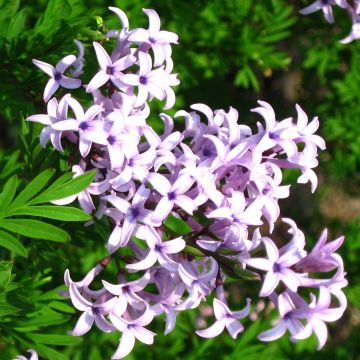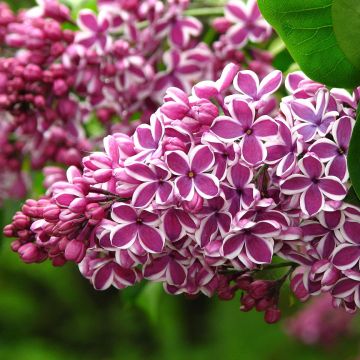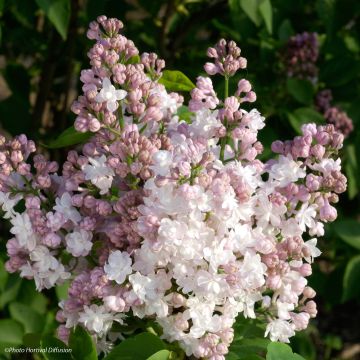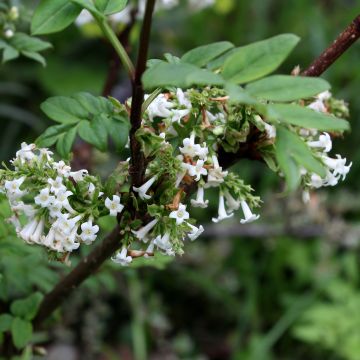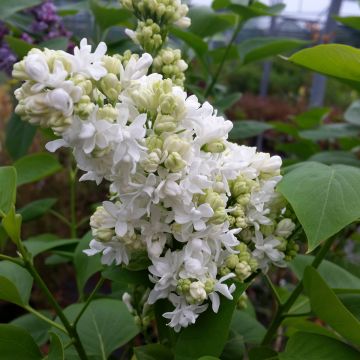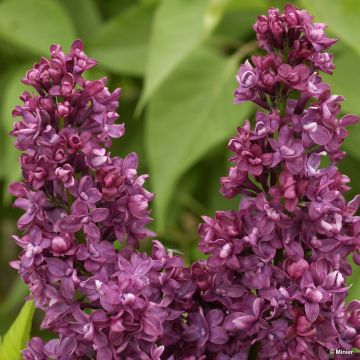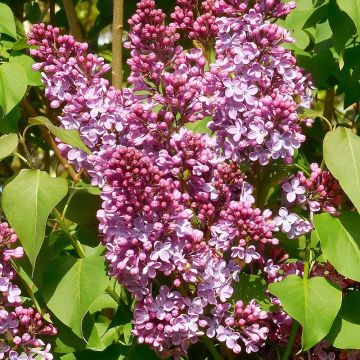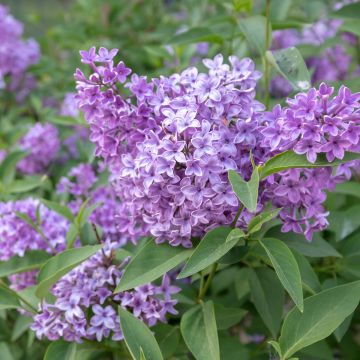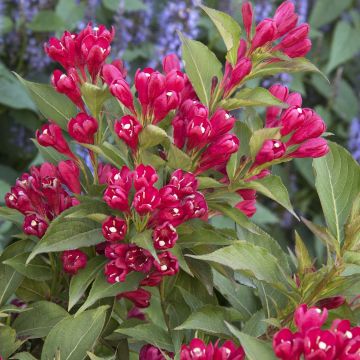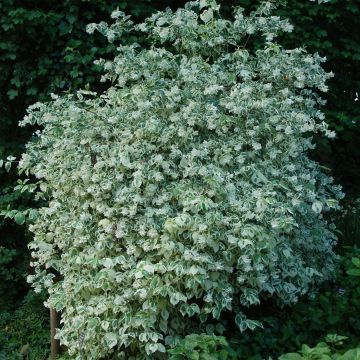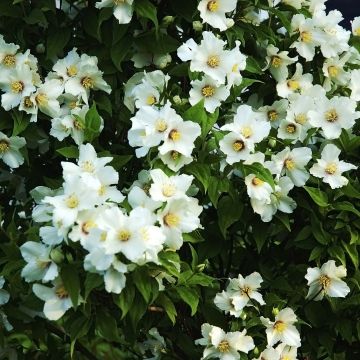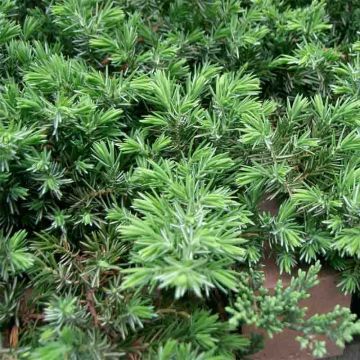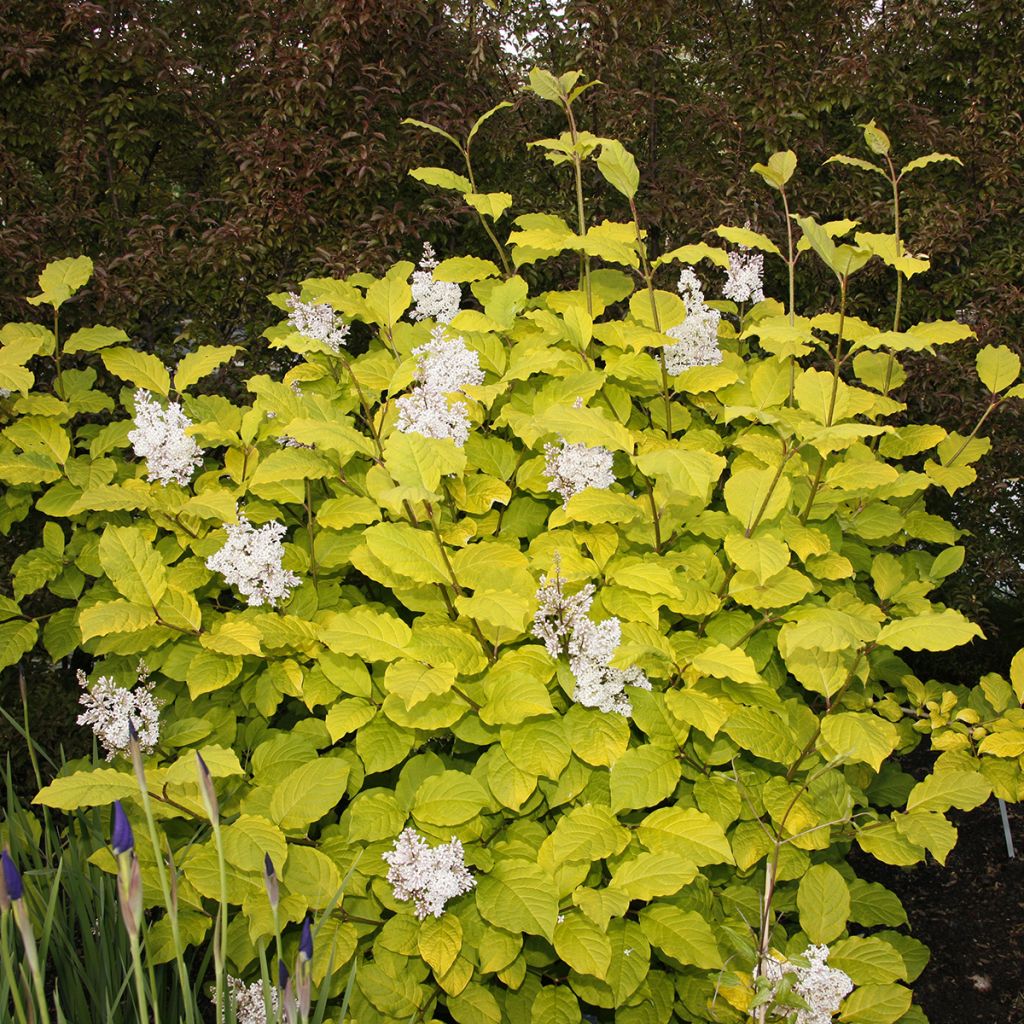

Lilac - Syringa villosa Aurea
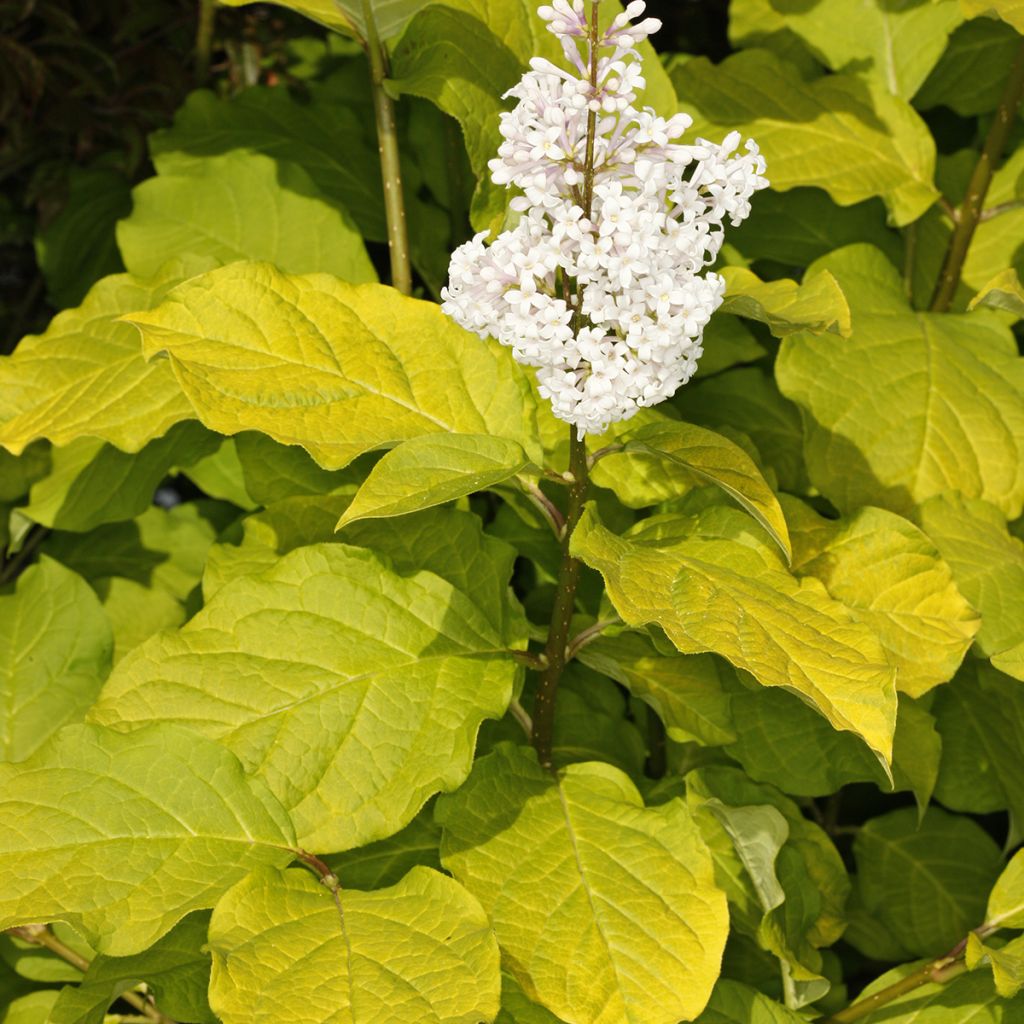

Lilac - Syringa villosa Aurea
Lilac - Syringa villosa Aurea
Syringa villosa Aurea
Late Lilac, Villous Lilac
Special offer!
Receive a €20 voucher for any order over €90 (excluding delivery costs, credit notes, and plastic-free options)!
1- Add your favorite plants to your cart.
2- Once you have reached €90, confirm your order (you can even choose the delivery date!).
3- As soon as your order is shipped, you will receive an email containing your voucher code, valid for 3 months (90 days).
Your voucher is unique and can only be used once, for any order with a minimum value of €20, excluding delivery costs.
Can be combined with other current offers, non-divisible and non-refundable.
Home or relay delivery (depending on size and destination)
Schedule delivery date,
and select date in basket
This plant carries a 24 months recovery warranty
More information
We guarantee the quality of our plants for a full growing cycle, and will replace at our expense any plant that fails to recover under normal climatic and planting conditions.
Would this plant suit my garden?
Set up your Plantfit profile →
Description
The Syringa villosa 'Aurea' is a beautiful variety with golden foliage of a prized botanical lilac known for its generous and remarkably fragrant flowering. With a naturally dense and bushy habit, this deciduous shrub of impressive stature offers bright yellow foliage at the beginning of the season, followed by a massive flowering in long, large, dense panicles of a very pale pink. It delights the gardener, as well as numerous pollinating insects. Very hardy and easy to grow in well-drained soil, this Asian lilac is an excellent plant for free hedges or shrub borders in all regions. A novelty to try!
The villosa 'Aurea' lilac is a horticultural selection derived from the hairy or velvety lilac, a botanical species native to northern China, Korea, and the Russian Far East. All lilacs belong to the olive family. This perfectly frost-resistant and tolerant shrub, however, prefers humus-bearing soils on limestone substrates. It only fears excessively dry or waterlogged soils in winter.
The silhouette of Syringa villosa 'Aurea' forms a large bush that is rounded, wide, and well-branched, as wide as it is tall, supported by thick branches. When mature, it will reach between 3 and 4 metres in all directions. Annual pruning helps to maintain it in more modest dimensions. This lilac does not sucker. Its growth is relatively rapid, encouraged by rich and moist soil. This variety blooms abundantly around mid-June, depending on the region, usually after common lilacs at the ends of the branches. Its inflorescences are pyramidal, wide, dense, more or less erect thyrses, highly fragrant, measuring up to 25 cm long. Each inflorescence comprises numerous small single flowers, pale pink becoming almost white. This fragrant flowering attracts many butterflies and other pollinating insects. Its foliage consists of large and wide leaves measuring up to 15 cm long and 10 cm wide. When they emerge in spring, these leaves are a beautiful bright yellow. They turn acidic green in summer, then take on a lovely dark yellow colour in autumn before falling.
Perfume, flowering, childhood memories, or even symbols of significant events, everyone has a good reason to love lilacs, as endearing as they are unpretentious. The Lilac villosa 'Aurea' is no exception to the rule: hardy, easy to grow even in cold regions, vigorous and undemanding, it embodies the charm and remarkable simplicity of these shrubs. It is a key element in creating a fragrant garden, with its flowering accompanying that of laburnums, roses, and star jasmine. It can be planted on the edge of a grove, in groups, as a standalone specimen, or in a mixed free hedge with other species (flowering apple trees, Japanese cherry trees, Chinese almond trees, Japanese quince...). Its highly fragrant clusters are appreciated in spring bouquets, alongside peonies, bellflowers, and florist's ranunculus.
Report an error about the product description
Plant habit
Flowering
Foliage
Botanical data
Syringa
villosa
Aurea
Oleaceae
Late Lilac, Villous Lilac
China
Other Syringa - Lilac
View all →Planting and care
The Syringa villosa Aurea is best planted between November and March, as well as from September to June. It can grow in well-drained soils, but it prefers those rich in humus and with a slightly alkaline pH. Once established, this lilac can withstand moderate summer drought. Applying a complete fertiliser at the beginning of each growing season is recommended. Planting it in partial shade in the afternoon is best, as it thrives in light, but its foliage can be damaged by excessive sunlight. You can promote more abundant flowering the following year by removing faded flower heads to prevent fruiting, which is not beneficial and can weaken the plant.
Planting period
Intended location
Care
This item has not been reviewed yet - be the first to leave a review about it.
Similar products
Haven't found what you were looking for?
Hardiness is the lowest winter temperature a plant can endure without suffering serious damage or even dying. However, hardiness is affected by location (a sheltered area, such as a patio), protection (winter cover) and soil type (hardiness is improved by well-drained soil).

Photo Sharing Terms & Conditions
In order to encourage gardeners to interact and share their experiences, Promesse de fleurs offers various media enabling content to be uploaded onto its Site - in particular via the ‘Photo sharing’ module.
The User agrees to refrain from:
- Posting any content that is illegal, prejudicial, insulting, racist, inciteful to hatred, revisionist, contrary to public decency, that infringes on privacy or on the privacy rights of third parties, in particular the publicity rights of persons and goods, intellectual property rights, or the right to privacy.
- Submitting content on behalf of a third party;
- Impersonate the identity of a third party and/or publish any personal information about a third party;
In general, the User undertakes to refrain from any unethical behaviour.
All Content (in particular text, comments, files, images, photos, videos, creative works, etc.), which may be subject to property or intellectual property rights, image or other private rights, shall remain the property of the User, subject to the limited rights granted by the terms of the licence granted by Promesse de fleurs as stated below. Users are at liberty to publish or not to publish such Content on the Site, notably via the ‘Photo Sharing’ facility, and accept that this Content shall be made public and freely accessible, notably on the Internet.
Users further acknowledge, undertake to have ,and guarantee that they hold all necessary rights and permissions to publish such material on the Site, in particular with regard to the legislation in force pertaining to any privacy, property, intellectual property, image, or contractual rights, or rights of any other nature. By publishing such Content on the Site, Users acknowledge accepting full liability as publishers of the Content within the meaning of the law, and grant Promesse de fleurs, free of charge, an inclusive, worldwide licence for the said Content for the entire duration of its publication, including all reproduction, representation, up/downloading, displaying, performing, transmission, and storage rights.
Users also grant permission for their name to be linked to the Content and accept that this link may not always be made available.
By engaging in posting material, Users consent to their Content becoming automatically accessible on the Internet, in particular on other sites and/or blogs and/or web pages of the Promesse de fleurs site, including in particular social pages and the Promesse de fleurs catalogue.
Users may secure the removal of entrusted content free of charge by issuing a simple request via our contact form.
The flowering period indicated on our website applies to countries and regions located in USDA zone 8 (France, the United Kingdom, Ireland, the Netherlands, etc.)
It will vary according to where you live:
- In zones 9 to 10 (Italy, Spain, Greece, etc.), flowering will occur about 2 to 4 weeks earlier.
- In zones 6 to 7 (Germany, Poland, Slovenia, and lower mountainous regions), flowering will be delayed by 2 to 3 weeks.
- In zone 5 (Central Europe, Scandinavia), blooming will be delayed by 3 to 5 weeks.
In temperate climates, pruning of spring-flowering shrubs (forsythia, spireas, etc.) should be done just after flowering.
Pruning of summer-flowering shrubs (Indian Lilac, Perovskia, etc.) can be done in winter or spring.
In cold regions as well as with frost-sensitive plants, avoid pruning too early when severe frosts may still occur.
The planting period indicated on our website applies to countries and regions located in USDA zone 8 (France, United Kingdom, Ireland, Netherlands).
It will vary according to where you live:
- In Mediterranean zones (Marseille, Madrid, Milan, etc.), autumn and winter are the best planting periods.
- In continental zones (Strasbourg, Munich, Vienna, etc.), delay planting by 2 to 3 weeks in spring and bring it forward by 2 to 4 weeks in autumn.
- In mountainous regions (the Alps, Pyrenees, Carpathians, etc.), it is best to plant in late spring (May-June) or late summer (August-September).
The harvesting period indicated on our website applies to countries and regions in USDA zone 8 (France, England, Ireland, the Netherlands).
In colder areas (Scandinavia, Poland, Austria...) fruit and vegetable harvests are likely to be delayed by 3-4 weeks.
In warmer areas (Italy, Spain, Greece, etc.), harvesting will probably take place earlier, depending on weather conditions.
The sowing periods indicated on our website apply to countries and regions within USDA Zone 8 (France, UK, Ireland, Netherlands).
In colder areas (Scandinavia, Poland, Austria...), delay any outdoor sowing by 3-4 weeks, or sow under glass.
In warmer climes (Italy, Spain, Greece, etc.), bring outdoor sowing forward by a few weeks.
































